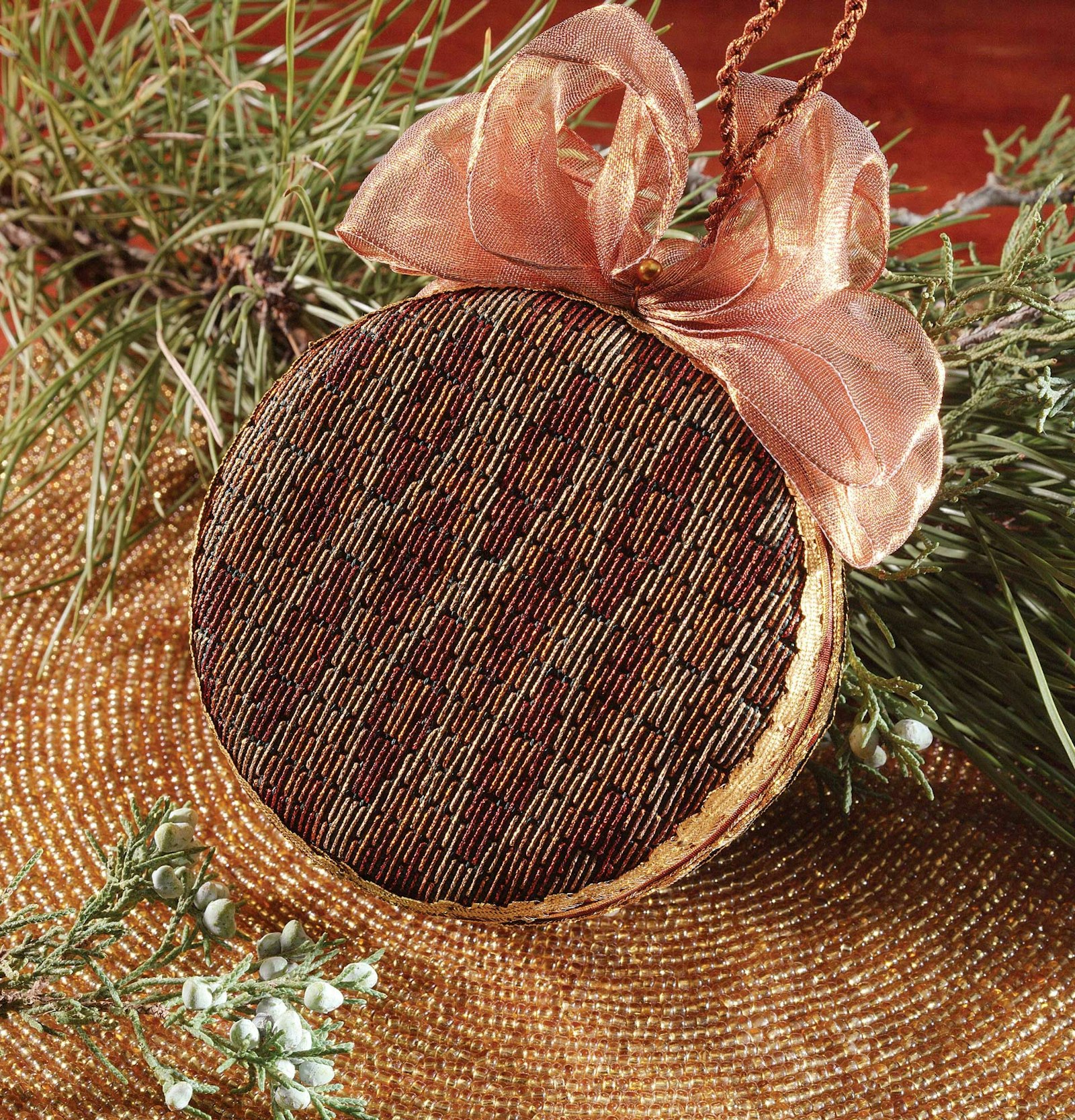The word bargello is the general American term for a technique and the characteristic style that evolved from a varied set of upright stitches with a bewildering assortment of names. Brick, Florentine, Hungarian point, flame, Byzantine, Irish, and cushion are some of the many variations of long-and-short stitches that characterize bargello. The earliest bargello pieces come primarily from Hungary, Italy, and Great Britain—the oldest ones date back to the fourteenth century—but by the eighteenth century, bargello had traveled with the European colonists to North America, where it was adapted and worked enthusiastically.
In the course of its fluid history, bargello has incorporated stitches and assimilated design motifs from many different countries. Conflicting stories obscure its origins, but it is easy to imagine that at some point in the evolution of needlework, an embroiderer stitching in wool on coarse, loosely woven cloth found that a large area of fabric could be covered quickly by working vertical stitches in interlocking rows over two threads. The staggered stitches resembled brickwork. It is easier to follow bargello’s evolution, however, than to discover exactly where it originated.
The origin of the name bargello is cloaked in legend interwoven with threads of history. According to one story, during a time of hardship in the fourteenth century, a Hungarian noblewoman devised a stitching style for peasants to use on their embroideries, which consumed scarcely any wool on the back of the fabric. In fact, in 1383, Princess Jadwiga of Hungary (1374–1399) married into the Jagiellos, a Polish and Lithuanian ruling family. Her dowry contained numerous pieces embroidered with Hungarian point, and she taught the technique to the ladies of her court. Some of her needlework still exists, as do records of her work for the church and the crown. The technique came to be called by her husband’s name, Jagiello, which became bargello.
A set of seven chairs in Florence, Italy, may be the best exemplars of the Hungarian-point stitch, and their present location suggests another possible origin for the name bargello. Worked in silks, their upholstery is believed to have been stitched in the sixteenth or seventeenth century. The chairs are on view in the Museo Nazionale in Florence, a great aristocratic dwelling built in 1255 and restored and opened as a museum in 1857. In 1574, the building, called the bargelli, was assigned to the police, and it became known as the Bargello prison. Stories suggest that an Italian nobleman taught bargello needlework to prisoners sentenced to death, and their work was then sold.
The nineteenth and twentieth centuries brought little further development of the technique until bargello’s revival in the United States in the 1960s and 1970s. I still have two pieces of bargello made from fabric that my mother and I worked in 1976. Today, I enjoy both as pillow covers in my living room.
Hollis Greer Minor was the founder of the former It’s Polite to Point, a company that manufactured needlework kits, many of which were interpretations of pieces of historical needlework from museum collections.
This article was published in the November/December 2004 issue of PieceWork, and portions of this article appeared in “Kindling the Flames: The History and Legends of Bargello,” PieceWork, January/February 1996.

